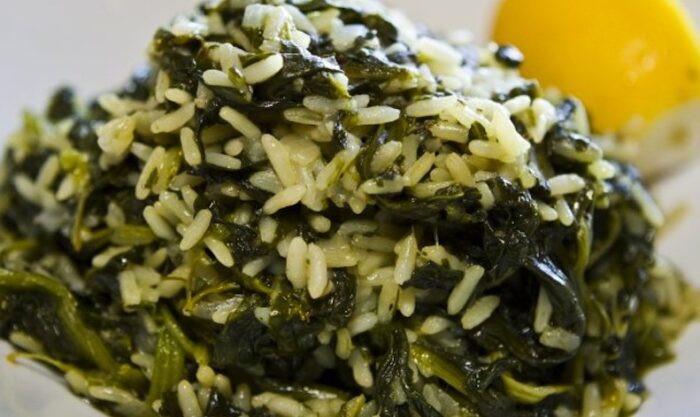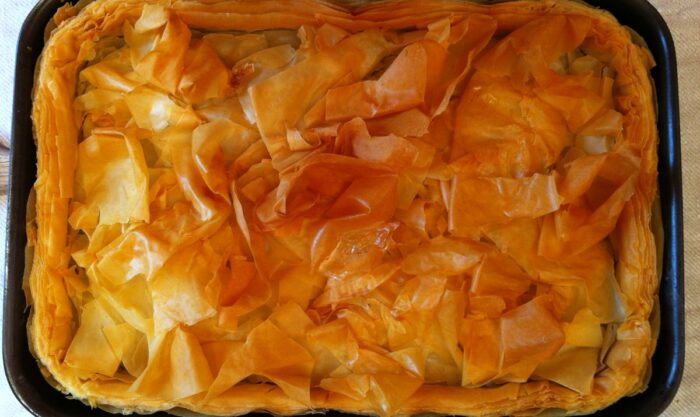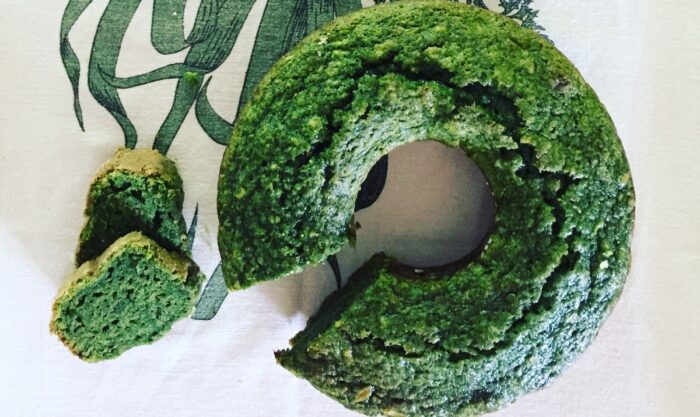Extra virgin olive oil (EVOO) is derived from the first pressing of the olive fruit. Extra virgin olive oil has a delightful flavour, is full of antioxidant properties and can be used in cooking, especially eaten raw.
Unlike most unsaturated plant oils that come from seeds, monounsaturated olive oil is obtained from the pulp or mesocarp of the fruit. Extra virgin olive oil is derived from the first pressing of the olive fruit. Extra virgin olive oil has a delightful flavour, is full of antioxidant properties and can be used in cooking, especially eaten raw.
Chemically, the difference between extra virgin olive oil and virgin olive oil involves the amount of free oleic acid, a marker for overall acidity. This is acid that does not form part of a chemical compound but exists on its own natural state. Acidity is a measure of quality and freshness and increases as the oil ages. According to the standards adopted by the International Olive Oil Council, “virgin” can contain up to 2% free oleic acid, while “extra virgin” can contain up to 0.8% of free oleic acid. Our oils’ acidity levels for the 2014 Harvest ranged from 0.13%-0.30%
Hippocrates, the father of medicine in the 5th century BC., prescribed medications containing the oil and leaves of the olive tree. He prescribed olive oil for external use and for drinking as a cure for a number of ailments, including inflammation of the gums, invigorate the muscles, and soothe the skin, insomnia, nausea, as a remedy for exhaustion, ulcers, and cholera. He lists in total more than 60 pharmaceutical uses for olive oil.



